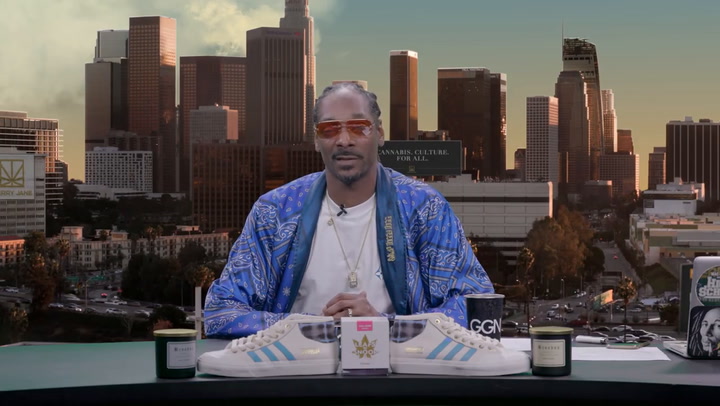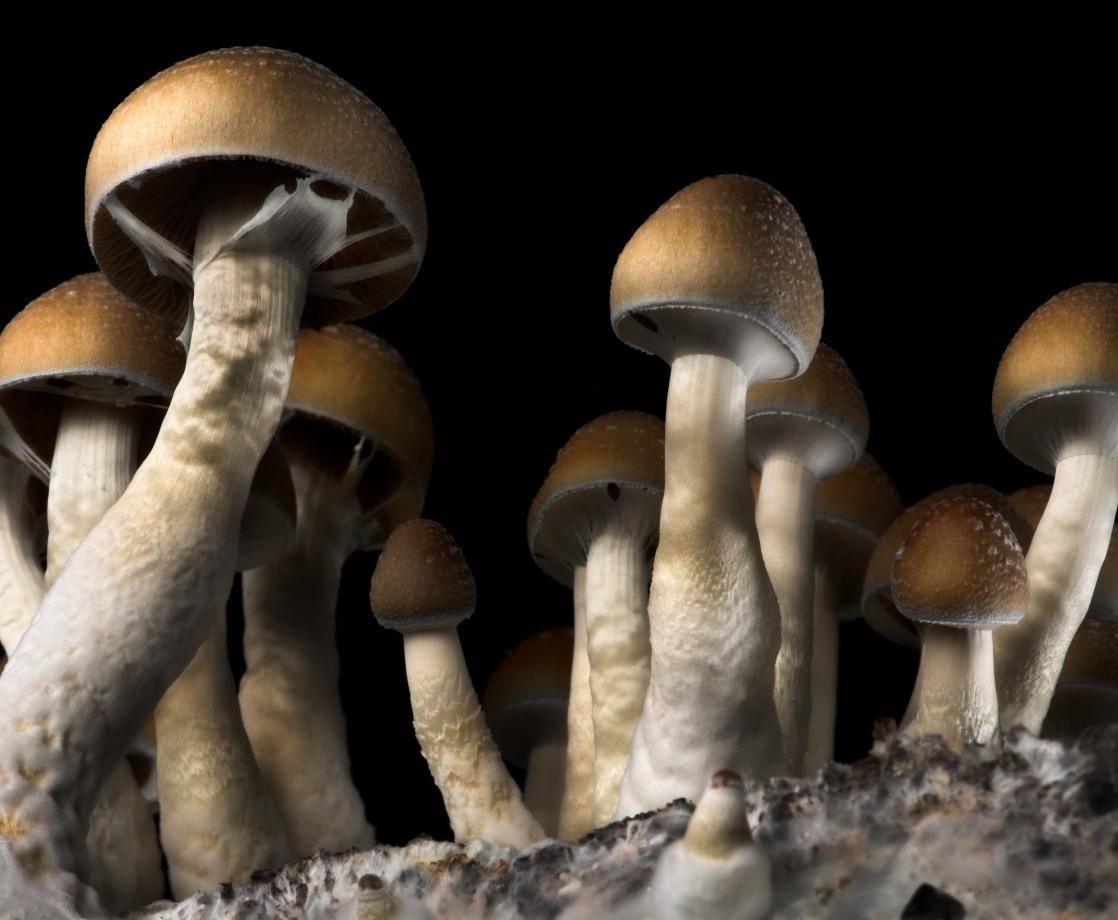We all know that the cannabis industry in America is booming, but we might not know that it’s been accompanied by a multitude of startups hoping to capitalize on this sudden upswing. The surge in marijuana companies has made inroads towards normalizing cannabis and the public is buying in. Between 2013 and 2014, pot stocks in publicly-traded marijuana companies went up a whopping 147%. But what accounts for this surge and what makes one company more successful than the next?
The answer is the same as it is in any industry. While success could be attributed to proprietary technology or exceptional talent, more realistically the differences in the industry come down to what's aesthetically pleasing and what end users want to buy—in this case, branding. While the marijuana industry is still in its infancy, startups and even more established businesses are going head to head in marketing the best herb, extracts, edibles, accessories and apps in a way that best grabs a customer’s attention—going as far as advertising on billboards and designing beautiful packaging.
Photo: Webnesday
Even though they're newcomers to the scene, the average valuation of a marijuana startup is a surprising $3.5 million. That number alone might make you want to slam your laptop shut, buy some seeds and get growing. While the product sells itself, building the brand behind the purchase is just as important—if not more so—than growing a good crop. Packaging, product quality, overall user experience and most importantly, public perception, are all crucial points to assess when analyzing why certain cannabis companies thrive and others perish. Companies such as Leafly have managed to shift the discussion around cannabis so that instead of seeing it as an illicit substance, the public views it as a viable product in a legitimate industry with variety and complexity, just like any other product.
The shift in the perception of and marketing around marijuana has evolved massively over the last ten years. No longer is the herb thought of or sold as something just for stoners sitting in their parent’s basement. Instead, it's for cancer-patients suffering from chronic pain or business professionals looking to unwind. Cannabis culture has expanded to include the cosmetic industry, resorts and dispensaries, medicinal treatments and more. Educational campaigns like Good to Know attempt to teach consumers about the healthy benefits and risks of marijuana as well as the laws around use. We’ve even seen the rise of full-service cannabis branding agencies like Online Marijuana Design and Cannabrand. Both companies are going through traditional branding exercises, just like you would for any product, in an attempt to market marijuana to mainstream consumers. They’re doing so by using words like "cannabis" and "marijuana" instead of the more colloquial terms "weed" and "pot". This is furthered by highlighting the craftsmanship and art of marijuana cultivation and use rather than dwelling on the munchies or greening out.
Photo: Online Marijuana Design
It’s still technically illegal to advertise marijuana and marijuana-related products at the federal level, which creates an extra challenge for companies looking to gain traction in a multi-billion dollar industry. Companies branding cannabis thus have to be particularly strategic with the dialogue they inspire and the attention they garner, walking that fine line between legality and illegality. However, recent shifts in the industry away from stoner stereotypes suggest that audiences are buying into the bud’s rebrand. As the legalization movement grows, these companies may soon find themselves at the forefront of one of the most innovative industries in the nation.











